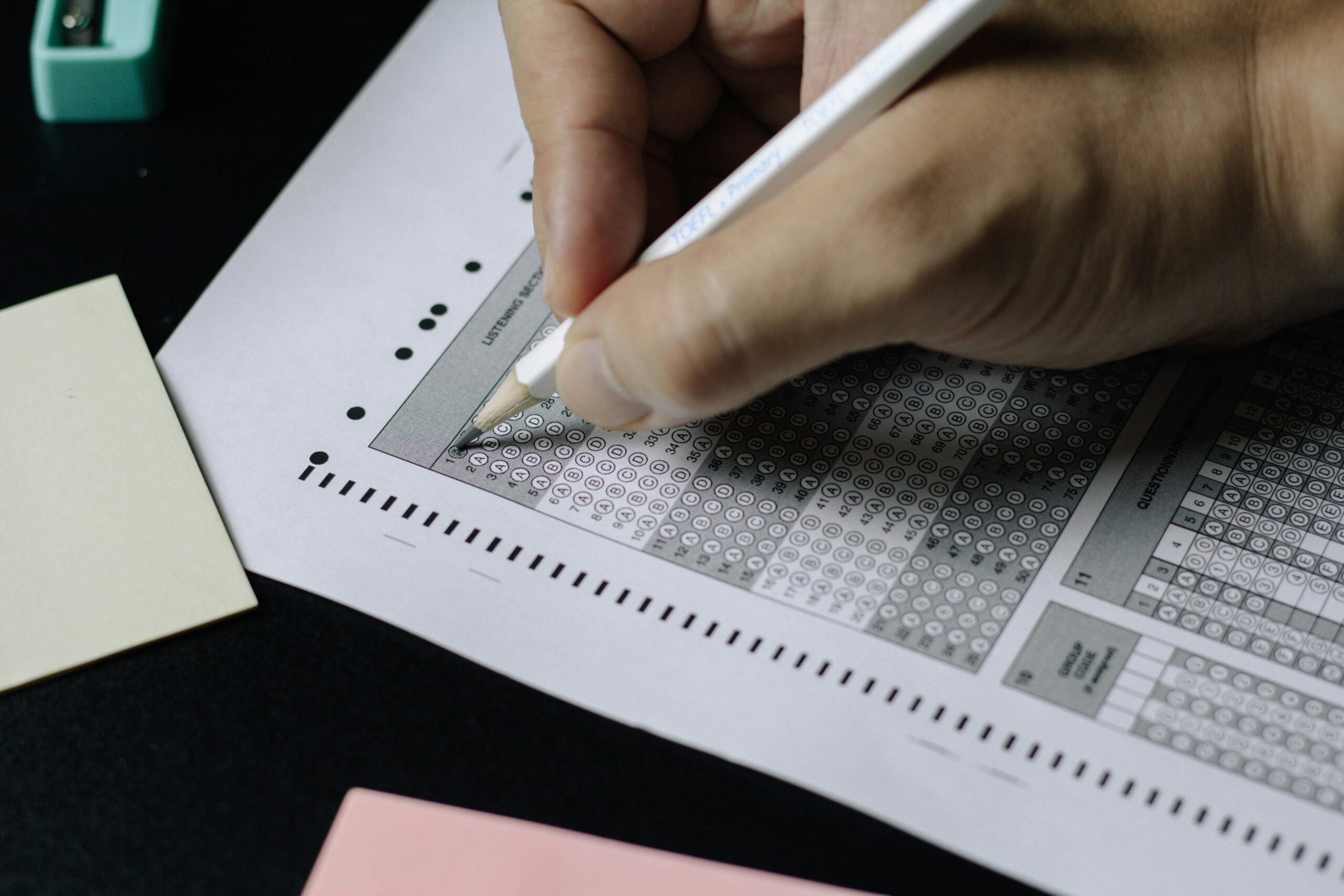The Internet of Things (IoT) has rapidly grown into a cornerstone of modern IT, reshaping industries, transforming consumer experiences, and enabling unprecedented levels of connectivity. By connecting billions of devices to the internet, IoT enables real-time data exchange, automation, and advanced analytics, paving the way for innovations across sectors. From smart homes and healthcare to manufacturing and agriculture, IoT is fundamentally changing how businesses operate, make decisions, and interact with their customers. Here, we explore the pivotal role IoT plays in contemporary IT applications and how it drives advancements in data-driven solutions.
1. Enhanced Data Collection and Analysis
One of the core strengths of IoT lies in its ability to gather vast amounts of data from connected devices. With sensors embedded in everything from thermostats and industrial machinery to wearable devices, IoT can continuously capture and transmit data. This data enables businesses to gain valuable insights through analytics, often in real-time, which is essential for making informed decisions and predicting trends. For example, smart cities utilize IoT sensors to monitor traffic, reduce energy consumption, and manage resources effectively, creating an environment that is more responsive and sustainable.
2. Automation and Improved Efficiency
Automation is another game-changing aspect of IoT. Through machine-to-machine (M2M) communication, IoT devices can interact with each other without human intervention, enabling seamless operation and efficiency. In manufacturing, this has led to the development of smart factories where equipment autonomously monitors its status, optimizes energy usage, and can even order maintenance or replacement parts when needed. This automation significantly reduces operational costs, increases productivity, and minimizes human error, ultimately leading to more efficient business processes.
3. Enhanced Customer Experience
In the realm of consumer applications, IoT is revolutionizing how companies interact with customers. Smart home devices, wearable health monitors, and connected vehicles offer personalized experiences that adjust based on user preferences and behaviors. For instance, IoT-enabled wearable devices can track health metrics and provide insights or reminders based on individual health patterns, helping users lead healthier lives. Similarly, in retail, IoT technology enables companies to offer tailored promotions and recommendations based on customers’ shopping behaviors and preferences.
4. Data-Driven Decision Making and Predictive Maintenance
IoT has made predictive maintenance a practical reality, especially for industries reliant on equipment longevity, such as manufacturing, utilities, and transportation. By continuously monitoring equipment performance data, businesses can predict potential issues and schedule maintenance before a breakdown occurs, reducing downtime and repair costs. This shift from reactive to proactive maintenance strategies saves money and enhances overall operational reliability.
5. Security and Privacy Concerns
While IoT offers numerous benefits, it also raises security and privacy concerns. With devices constantly collecting and transmitting data, the risk of data breaches and cyber-attacks is significant. Securing IoT devices has become a primary focus for IT professionals, leading to the development of robust security protocols and standards specifically designed to protect IoT networks. Encryption, device authentication, and regular software updates are among the strategies employed to safeguard IoT ecosystems from cyber threats.
6. IoT and Artificial Intelligence (AI) Integration
The combination of IoT and Artificial Intelligence (AI) has opened new frontiers in IT. By using AI algorithms to analyze the data collected by IoT devices, businesses can unlock even deeper insights and enable advanced applications, such as autonomous driving, predictive analytics, and adaptive learning systems. For instance, in agriculture, IoT sensors can monitor soil moisture, weather patterns, and crop health, while AI algorithms analyze this data to optimize water usage, predict crop yields, and suggest best farming practices. This IoT-AI synergy is fostering innovative, data-driven solutions that were previously unthinkable.
7. Future Outlook for IoT in IT Applications
The future of IoT in IT applications is promising and expansive. As 5G networks continue to roll out, IoT devices will benefit from faster data speeds and lower latency, enabling even more advanced applications like remote surgery, real-time industrial automation, and enhanced AR/VR experiences. The advent of edge computing also plays a crucial role, allowing data to be processed closer to where it’s generated, reducing latency and enhancing security.
Conclusion
IoT is revolutionizing modern IT applications by fostering connectivity, enhancing data-driven decision-making, and driving operational efficiency. Despite security challenges, the integration of IoT with AI, cloud computing, and edge computing promises a future where IT systems are more intelligent, automated, and responsive. For businesses looking to stay competitive and innovative, adopting IoT solutions has become less of an option and more of a necessity, shaping a world where technology seamlessly integrates into every facet of daily life and business.











